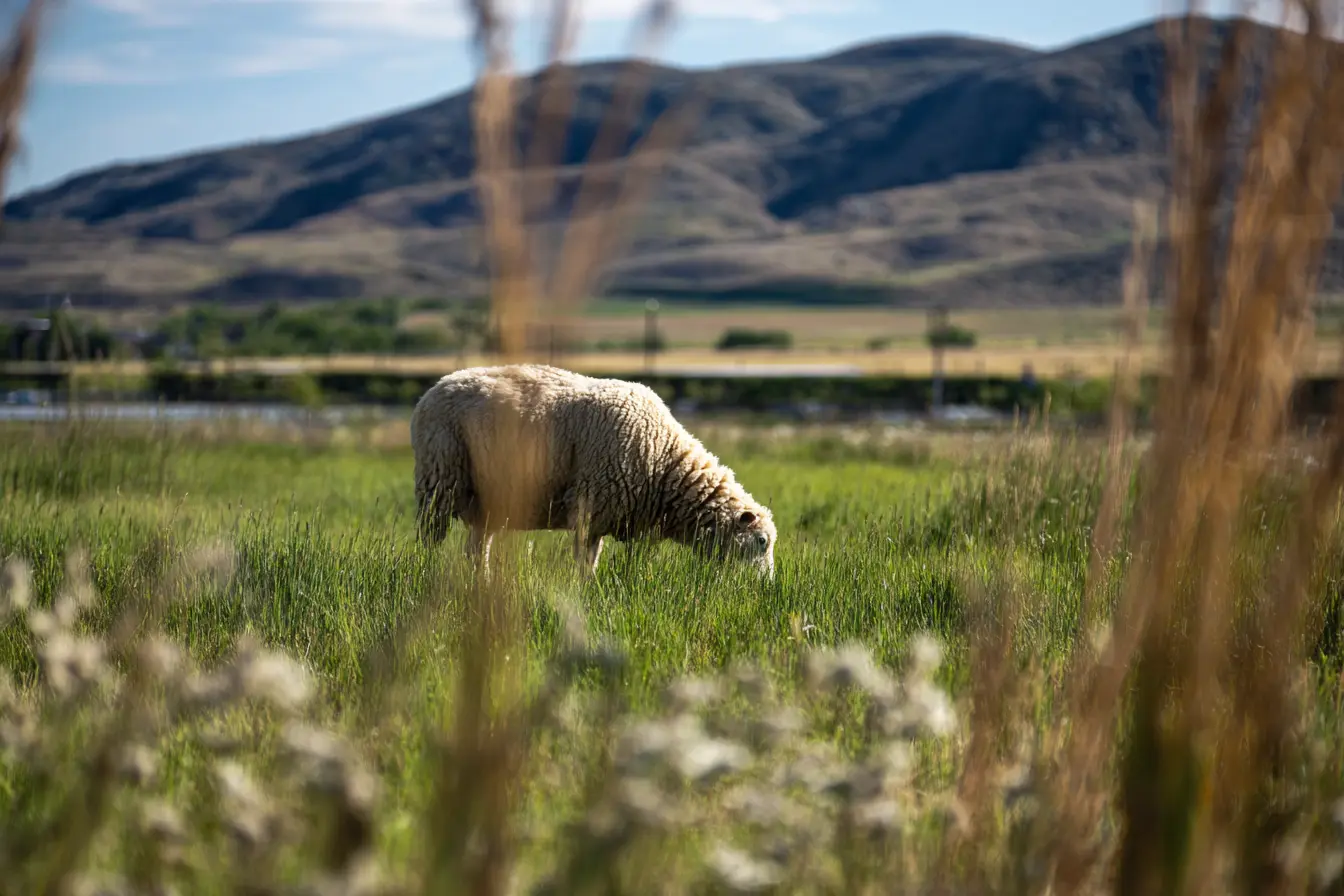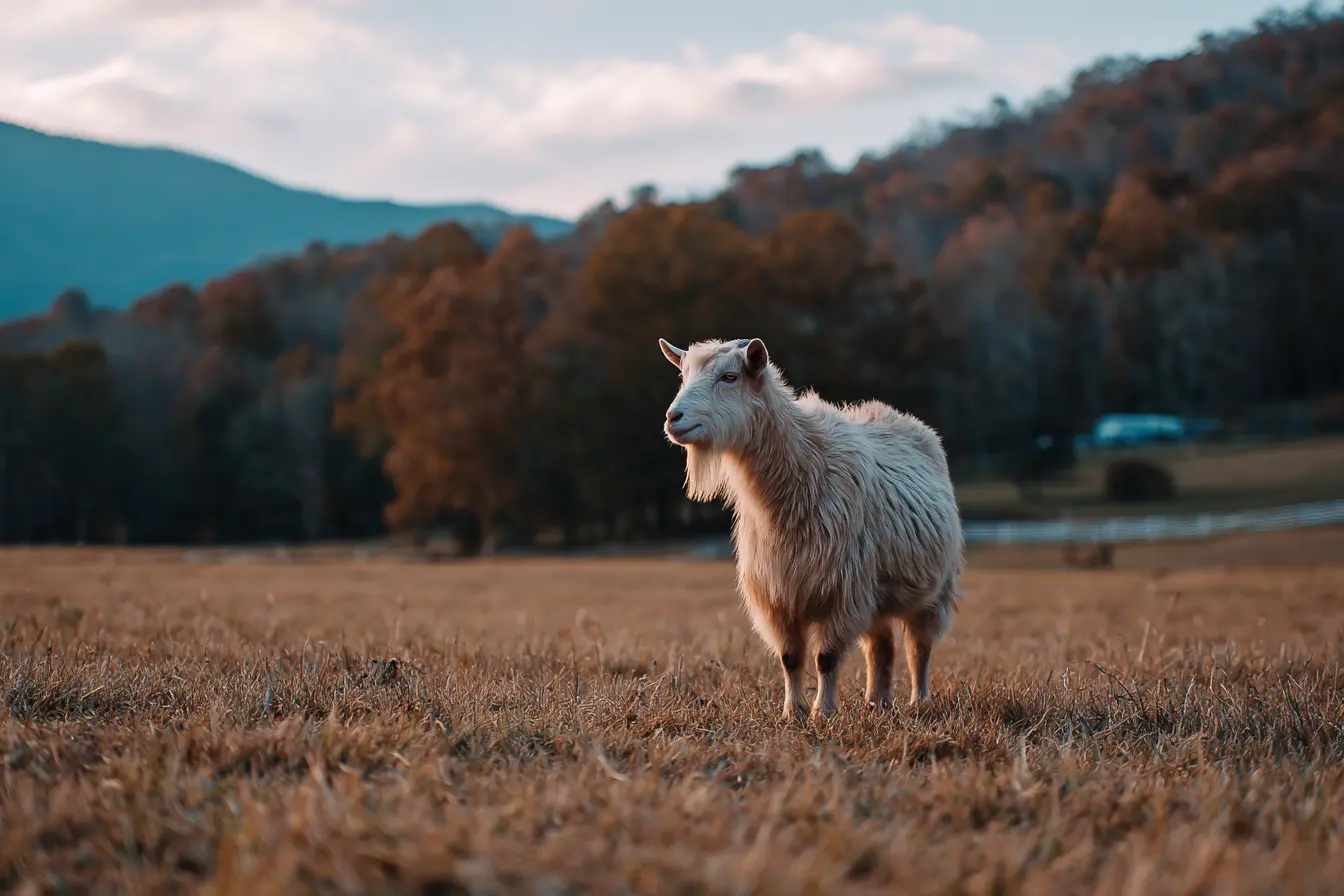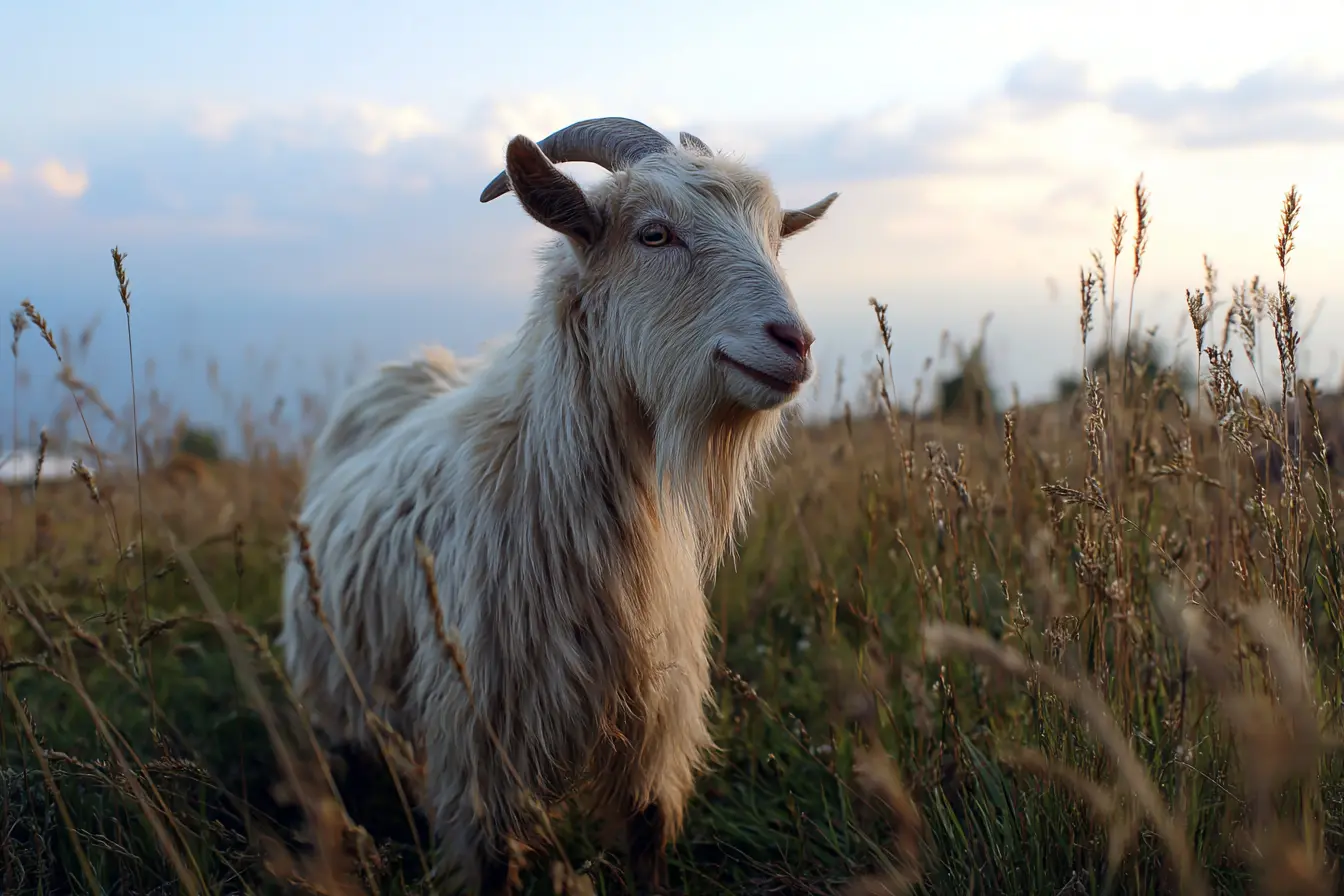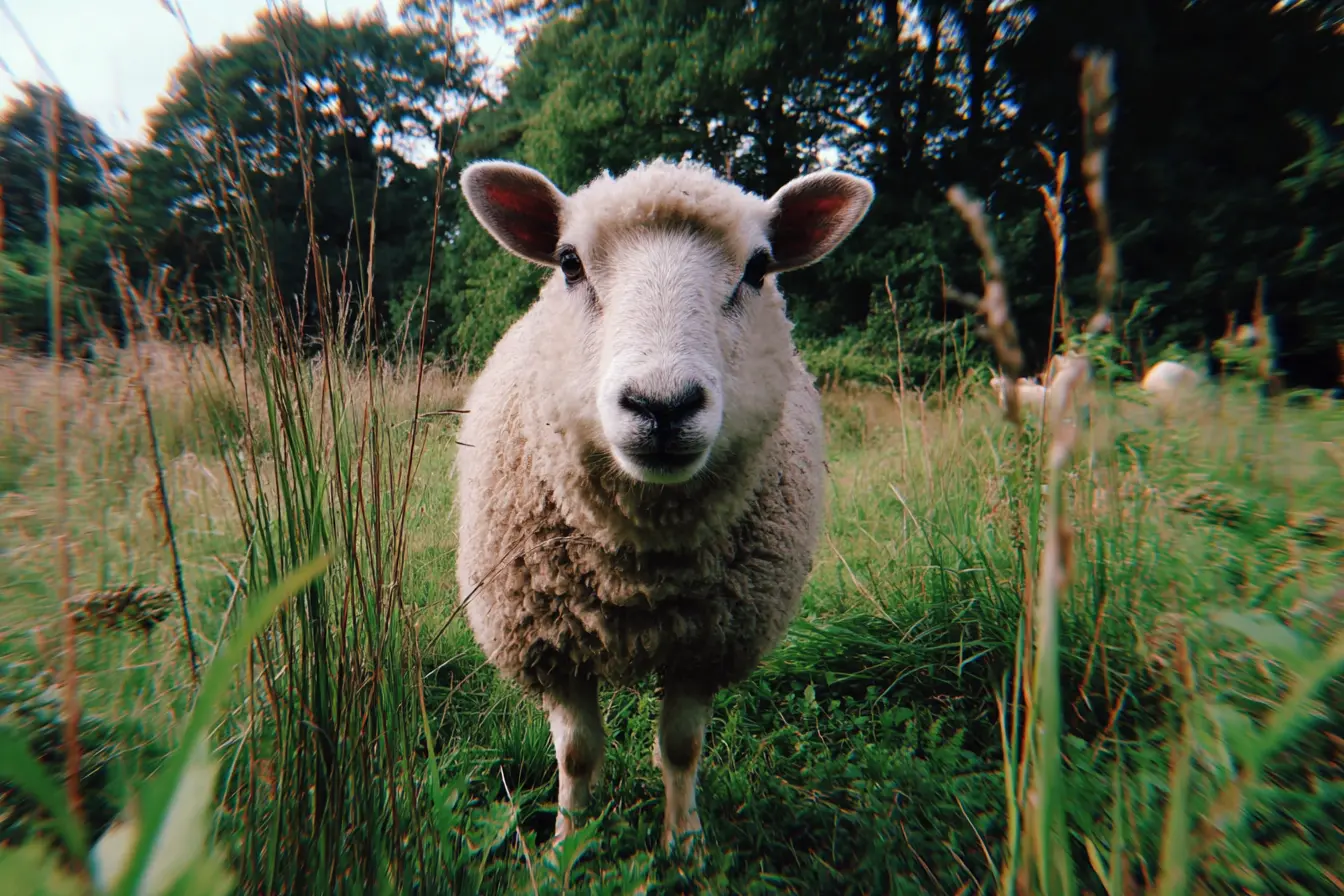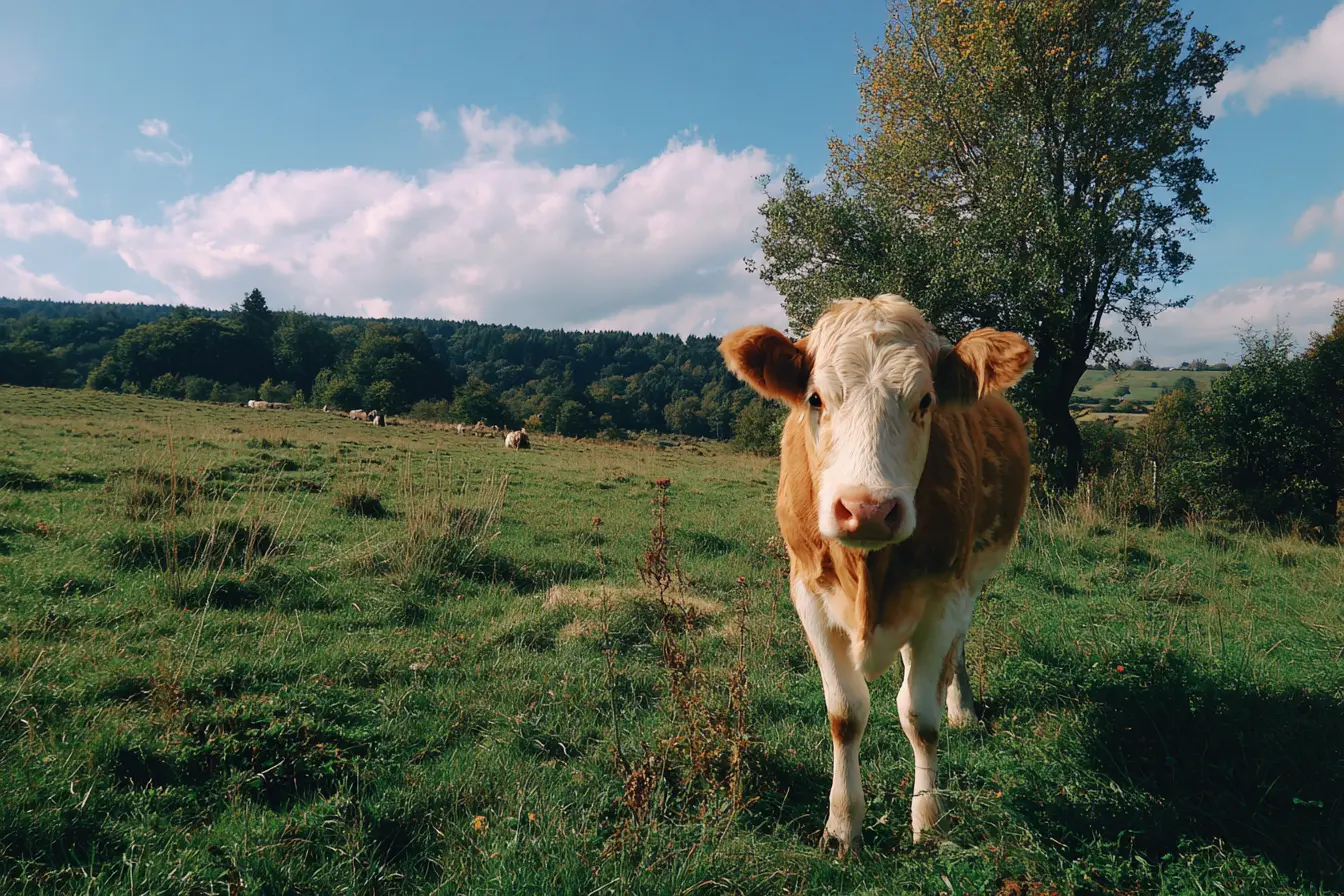
A Complete Guide to Listeriosis in Cattle
Listeriosis is a serious bacterial disease of cattle caused by Listeria monocytogenes. It can present in different forms, including neurological disease (meningoencephalitis), abortion, and septicaemia. While the disease is relatively uncommon in the UK compared to some other conditions, it is strongly associated with poor-quality silage feeding and damp environmental conditions.
Listeriosis is also a zoonotic disease, meaning it can infect humans, making it a concern not only for herd health but also for public health. This guide explains everything you need to know about listeriosis in cattle: causes, symptoms, diagnosis, treatment, prevention, and its economic and welfare impact.
What is Listeriosis?
Listeriosis is caused by the bacterium Listeria monocytogenes. This organism:
- Is widespread in soil, faeces, water, and rotting vegetation.
- Survives and multiplies in silage with a high pH (poorly fermented, mouldy, or spoiled).
- Tolerates low temperatures, meaning it can multiply even in refrigerated or cold storage conditions.
Cattle usually become infected after consuming contaminated feed, particularly spoiled silage. Wounds and eye infections can also provide routes of entry for the bacteria.
Causes and Risk Factors
Listeriosis in cattle is most often linked to:
- Poor-quality silage: especially with a pH above 5.0, or where soil contamination or mould is present.
- Rotting feed: spoiled hay or grass, or feed left too long in troughs.
- Soil contamination: mud and debris in feed or water supplies.
- Environmental conditions: damp, cold conditions that favour bacterial survival.
- Stress factors: calving, poor weather, overcrowding, or sudden dietary changes that lower immunity.
Cattle of all ages can be affected, though it is most common in adults.
Forms of Listeriosis in Cattle
Listeriosis presents in three main forms:
Neurological Form (Meningoencephalitis)
- The most common form in adult cattle.
- Bacteria enter via oral wounds or abrasions and travel up nerves to the brain.
- Clinical signs include:
- Circling in one direction.
- Head tilt.
- Facial paralysis (drooping eyelids, lips, or ears).
- Depression and loss of appetite.
- Drooling due to inability to swallow properly.
- Incoordination, stumbling, and eventual collapse.
Reproductive Form
- Occurs when bacteria spread through the bloodstream to the uterus.
- Leads to abortions, usually in the last trimester of pregnancy.
- Placental and foetal tissues are highly infectious.
Septicaemic Form
- Seen mainly in calves and young cattle.
- Bacteria spread throughout the bloodstream, causing:
- Fever.
- Depression and weakness.
- Diarrhoea.
- Sudden death in severe cases.
Diagnosis
Diagnosis is usually based on a combination of history, symptoms, and veterinary investigation.
- History: feeding silage or poor-quality forage, recent abortions, or neurological signs in several animals.
- Clinical signs: circling, head tilt, facial paralysis, abortions, or sudden calf deaths.
- Laboratory confirmation:
- Culture of Listeria monocytogenes from brain tissue, placenta, or aborted foetuses.
- Post-mortem findings may show brain lesions (encephalitis) or evidence of septicaemia.
Treatment
Prompt veterinary attention is essential. Early treatment offers the best chance of success, though prognosis varies depending on the form and severity.
- Antibiotics: high doses of penicillin, oxytetracycline, or ampicillin are most effective.
- Anti-inflammatories: NSAIDs reduce brain inflammation and improve comfort.
- Supportive care: fluids, easy access to feed and water, and nursing care.
- Isolation: affected cattle should be separated to reduce stress and zoonotic risk.
Cattle with advanced neurological disease, particularly if unable to rise, usually have a poor prognosis and may need to be euthanised on welfare grounds.
Prevention
Silage and Feed Management
- Ensure silage is well-fermented and properly stored, with a pH below 4.5.
- Avoid feeding visibly mouldy or spoiled silage.
- Feed out silage quickly once exposed to air and avoid long storage in troughs.
- Remove and discard waste silage or feed daily.
- Prevent soil contamination during harvesting and feeding.
Housing and Environment
- Maintain clean, dry housing with good drainage.
- Regularly clean water troughs and feed areas.
- Reduce overcrowding to lower stress and contamination risks.
Reproductive Health
- Isolate aborting cows immediately.
- Dispose of aborted material safely and hygienically.
- Use gloves and disinfect equipment when handling foetal or placental tissues.
General Herd Management
- Minimise stress during late pregnancy and calving.
- Monitor closely during high-risk feeding periods (silage-based winter diets).
- Implement strict biosecurity to prevent environmental contamination.
Zoonotic Risk
Listeriosis is a zoonotic disease and can cause serious illness in humans.
- It is especially dangerous for pregnant women, newborns, the elderly, and immunocompromised people.
- Humans can be infected by handling contaminated materials (silage, aborted foetuses, placenta) or by consuming unpasteurised dairy products.
- Farm workers should wear gloves, practise good hygiene, and avoid eating or drinking while handling animals.
Economic and Welfare Impact
- Welfare: Listeriosis causes neurological disease, abortion, and sudden death, making it a significant welfare concern.
- Economic losses: reduced milk production, abortion losses, treatment costs, and sudden deaths in valuable animals.
- Prevention vs cost: maintaining silage quality and good management practices is inexpensive compared to the heavy losses associated with an outbreak.
When to Seek Veterinary Help
Contact a vet immediately if:
- Cattle show circling, head tilt, or other neurological symptoms.
- Multiple abortions occur within a short time.
- Sudden deaths occur after silage feeding.
- You suspect feed contamination or need advice on silage management.
Conclusion
Listeriosis in cattle is a devastating disease caused by Listeria monocytogenes. It can appear as neurological illness, abortion, or septicaemia, and it often results in death or long-term productivity losses. Treatment is only effective if started very early, making prevention through silage management, hygiene, and biosecurity essential.
For UK cattle farmers, vigilance during silage feeding, careful feed storage, and good husbandry are the best tools to reduce the risk of listeriosis, protecting both herd health and public safety.
Vets near you
Speciality vets
- Aquatics vet specialists
- Birds vet specialists
- Camelids vet specialists
- Cats vet specialists
- Cattle vet specialists
- Deer vet specialists
- Dogs vet specialists
- Equines vet specialists
- Exotic vet specialists
- Goats vet specialists
- Pigs vet specialists
- Poultry vet specialists
- Sheep vet specialists
- Small Mammals vet specialists
- Wild vet specialists
